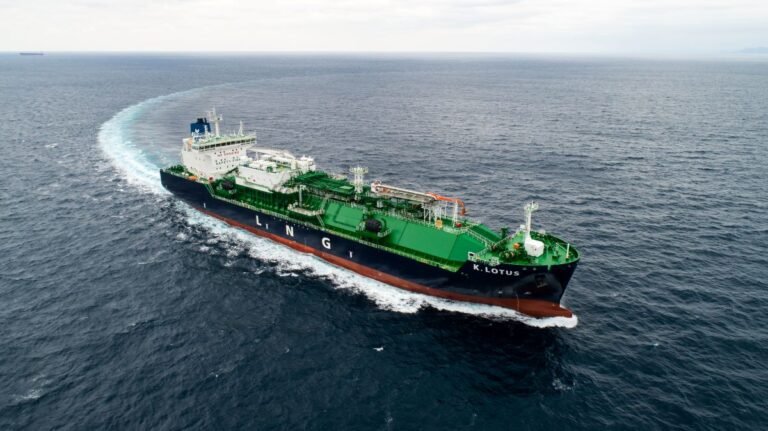South Korean Shipbuilder HD KSOE Secures Major Order for LNG Bunkering Vessels
South Korean shipbuilding major HD Korea Shipbuilding & Offshore Engineering (HD KSOE) has recently inked a deal worth KRW 538.3 billion ($372 million) to construct four LNG bunkering vessels.
According to the contract announced on February 10, HD Hyundai Mipo, a subsidiary of HD KSOE, will be responsible for building four 18,000 cubic meter (cbm) LNG bunkering vessels at its shipyard in Ulsan. The 143-meter-long ships are scheduled for sequential delivery by the second half of 2028.
The order for the LNG bunkering vessels was placed by an undisclosed African shipping company, marking another significant milestone for HD KSOE in the LNG vessel market.
This latest contract comes on the heels of previous successes for HD Hyundai Mipo, including a $185.4 million deal for two LNG bunkering vessels for a Europe-based shipping company in September 2024. Additionally, the shipbuilder secured a $370 million order for four similar vessels for an undisclosed Asian shipping company, rumored to be Singapore’s Eastern Pacific Shipping (EPS) and MSC Mediterranean Shipping Company.
Global Expansion of LNG Bunkering
The demand for LNG bunkering vessels is on the rise, with industry projections indicating a significant increase in the use of LNG as a propulsion fuel. The Korea LNG Bunkering Industry Association forecasts a 149% growth in LNG-powered ships (excluding LNG carriers) from 472 in 2023 to 1,174 by 2033. Annual global LNG consumption for bunkering is expected to reach 15 million tons in 2028, a 4.7-fold increase from 2023.
SEA-LNG, a coalition promoting LNG as a marine fuel, estimates that over 2,000 of the world’s largest vessels will be powered by LNG in the near future. Currently, LNG-fueled vessels make up over 2% of the global shipping fleet, showcasing the industry’s shift towards cleaner and more sustainable fuel options.
Expansion of LNG Bunkering Infrastructure
To support the growing demand for LNG bunkering, ports around the world are expanding their infrastructure. Currently, LNG bunkering facilities are available in 185 ports, with an additional 50 expected to be added by 2025. This infrastructure development will further facilitate the adoption of LNG as a marine fuel and contribute to reducing emissions in the shipping industry.

